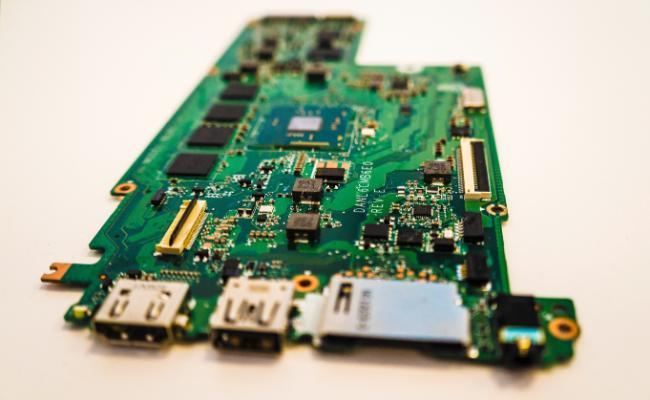Restriction on the use of certain Hazardous Substances in Electrical and Electronic Equipment (RoHS) Directive

The Directive on the Restriction of the use of Certain Hazardous Substances in Electrical and Electronic Equipment (known as the RoHS Directive) limits the levels of hazardous substances in electrical/electronic products including many consumer goods. The aim of the Directive is to reduce the potential risks posed by hazardous chemicals in these products to human health and the environment. Also, by reducing the quantities of these hazardous substances in electrical and electronic equipment (EEE) the Directive minimises the risk of occupational exposure during manufacture and recovery and minimises the release of these chemicals into the environment, particularly during the recovery and disposal of Waste Electrical and Electronic Equipment (WEEE). The Directive covers a wide range of products which require electrical power to function properly, ranging from hair dryers to sophisticated medical equipment.
Substances restricted under the Directive include
| Substance/Substance group | Former use(s): |
|---|---|
| Lead | Electrical solder connections and plastics to prevent weathering/breakdown due to exposure to sunlight. |
| Cadium | Protective coatings of metals against corrosion. |
| Chromium VI | Protective coatings of metals against corrosion |
| Mercury | Electrical switches and phosphors in fluorescent tubes. |
|
Polybrominated Biphenyls (PBB) and Polybrominated Diphenyl Ethers (PBDE) |
Flame retardants in plastics |
|
Phthalates - Bis(2-Ethylhexyl) phthalate (DEHP), Benzyl butyl phthalate (BBP), Dibutyl phthalate (DBP), and Diisobutyl phthalate (DIBP) |
Plasticisers in electrical insulation |
Responsibilities
Manufacturers, importers and retailers of EEE covered by the Directive must ensure they only offer compliant products. Also, there must be at least one economic operator, e.g. manufacturer, importer or authorised representative located within the EU, with responsibility ensuring products are compliant and related requirements are fulfilled before they can be made available on the market. Products must also be supplied with a Declaration of Conformance and have the CE marking properly affixed. This shows authorities and consumers that an organisation has made the necessary checks to show the product is compliant. Harmonised standard EN 50581:2012 sets out specifications for the technical documentation required for assessing materials, components and electrical and electronic equipment with respect to the restriction of the use of certain hazardous substances. This technical documentation showing the product is compliant must be kept for a minimum of 10 years after the product is placed on the market.
EN50581:2012 will be superseded by EN IEC 63000:2018 on 18th November 2021. Manufacturers or importers must ensure their products are identified by type, batch or serial number and bear their name and contact details.
Find out more
European Commission RoHS Webpage
RoHS Directive – Directive 2011/65/EU – Consolidated version
RoHS Regulations – S.I. 513 of 2012
Amendment to RoHS Directive - 2015/863/EU
What is the difference between the POPs Regulation, REACH Regulation and RoHS Directive?
CE marking and RoHS Directive
When a manufacturer affixes the CE marking to a product, they declare that the product is compliant with all the legislation covered by the CE mark applicable to that product. The RoHS Directive comes within the CE marking regime and so electrical goods displaying the CE mark must be compliant with the Directive (and all other applicable legislation).